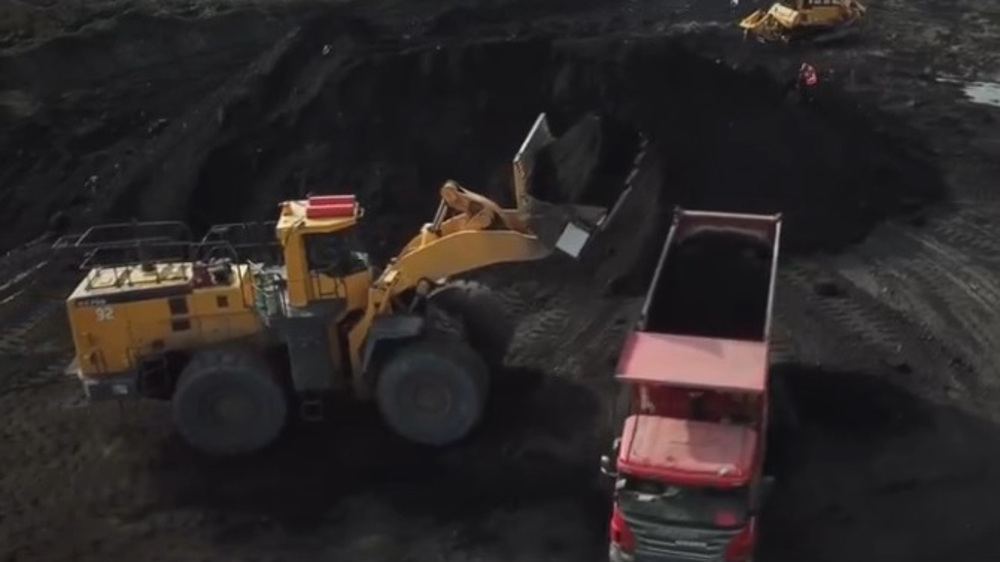Livestock rearing
The second segment of the two-part series of Bazaars episode on the agriculture industry focuses on livestock husbandry. The first part of this edition explored knowledge-based production of potatoes in agriculture and how technology has helped expand this sector. In a nutshell, 2019 was a golden period for red meat production in the country. Since then, production has grown each year, primarily because of the removal of an export ban.
Three years ago, Iran imported large amounts of meat to supply domestic needs while domestic meat production was operating at full capacity. The ban was implemented to stabilize the market and support local production. Irans Livestock Exporters National Assembly estimates domestic needs for red meat at around 60 million heads of light livestock annually. Last year this number was 72 million, which is well above average. This meant 12 million light livestock were ready for culling and exports. But not all livestock are raised for meat. They are also reared for their milk. Based on the Statistical Center of Iran, the country annually produces nearly 9 million tonnes of raw milk. Seventy percent of this amount is produced on industrial farms, and the rest comes from traditional dairy farms. Going off of figures from Irans customs administration, on average, roughly 800 thousand tonnes of raw milk are exported annually, valued at around $800 million.
Hamas official: 'Land grab part of Israel’s ethnic cleansing policy'
VIDEO | Bethlehem: Where faiths meet, identity endures
VIDEO | Conflict in Sudan denies young people their right to education
VIDEO | Venezuela's national assembly passes law against piracy
14 countries condemn Israel's West Bank settlement plan
VIDEO | UK pro-Palestine hunger strikers
VIDEO | US $1tn military war budget
VIDEO | Yemen’s warring sides reach major prisoner exchange deal









 This makes it easy to access the Press TV website
This makes it easy to access the Press TV website